Sopapillas
Sopapillas – an easy soft sweet dough, fried to puff up like a pillow until golden brown with crispy outer layer and softer inside. A quick bread dredged in cinnamon and/or sugar or drizzled with honey as an indulging afternoon snacks.
These past few weeks has been crazy busy for me especially now that I try to get everything scheduled on this blog before the holidays. But it’s a good problem, as I would say. This blog has allowed me to work at my own pace and meet inspiring and wonderful ladies who strive hard to improve their craft who, at the same time, continue to deal the daily nuances of being a mom, wife, daughter, sister and a friend.
Who am I to complain then?
And so after what seems to me like a loooong day in front of my laptop, I told myself to stop complaining. But instead, to take a breather – or in my language – an indulging afternoon snack. 😉 Yes, I do have that kind of relationship with food.
What is a sopapilla?
I haven’t been to the grocery yet so I sort of maximized what’s readily available in my pantry. Good thing this great sopapilla recipe uses just a handful of ingredients.
So what is a sopapilla?
Sopapilla (soap/pah/pee/ya) is a fried pastry made from a soft and sweet dough and more like of a quick bread. After the dough is allowed to rise, it is then rolled and shaped mostly into squares, circular or triangular and deep fried in oil which causes the dough to puff up leaving a hollow pocket in the center.
These sopapillas can be served as a bread to mop up sauces or with stews and soups. Some would often stuff it with savory ingredients like ground beef (like that of an empanada or meat pie). But I love to serve it as a snack drizzled with honey or dredged with cinnamon sugar.
Sopapilla Origin
Popular in South America and New Mexico, sopapillas are said to have originated in Albuquerque, New Mexico more than 200 years ago. Sopapilla is a modified word of “sopaipa”, a Spanish word that came from the Mozarabic language “xopaipa” which means bread soaked in oil.
It is popular in countries with Spanish heritage like in Chile, Uruguay, Peru, and Argentina. New Mexicans’ sopapilla on the other hand are made from tortilla-like dough with has a little air pocket when cooked. They are often covered in honey, or any syrup and powdered sugar.
What is the difference between a Bunuelo and a Sopapilla?
Bunuelo is often mistaken for a sopapilla. Though they are of Hispanic origin, these treats differ in some way or another. As you can see in the photos, sopapilla are more like of a fry bread with those air pockets while bunuelos are more akin to a doughnut or like a fritter.
Of course, each countries have their own version of bunuelo. In many parts of Mexico, bunuelos are stiffer and rolled out thin and fried until crispy instead of the usual round shape. Peru on the other hand has it round and ring shaped. So you see, there are quite a lot of variations of bunuelo, but they’re completely different with sopapillas.
So when you feel like you need an easy afternoon snacks, don’t shy away from this incredibly good fried sopapillas. Drizzle them over with honey or rolled them in a cinnamon sugar mixture. Makes a perfect pair with this fall favorite Chai Tea Latte.
Enjoy!
How to Make Sopapillas
In a large bowl, mix together the flour, sugar, baking powder and salt.
Add shortening or butter, mix until mixture looks like coarse meal.
Then make a well then add milk and water.
Knead dough for about 30 seconds to 1 minute to form soft, moist dough. Divide dough in half.
Place one half of the dough onto a lightly floured board or surface.
Then roll dough thin (between 1/4 and 1/8 inch) thickness.
Divide the circles in half and then place a slit on dough. Cut into triangles or desired shapes. Repeat for the other half.
In a large skillet or saucepan pour vegetable oil, until it is at least 3 inches and place on medium heat until oil is about 350- 375 degreesF. Add a few at a time enough to fit in the skillet with some space around it. Fry until golden brown on one side, about a minute or two, then flip the other side and fry for another minute. Remove with a slotted spoon and drain on paper napkin. Let it cool. Serve warm with honey and/or cinnamon sugar.






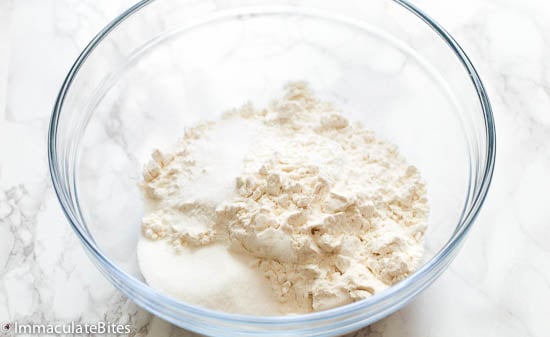
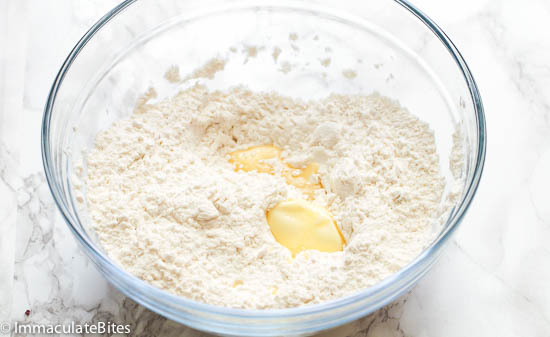
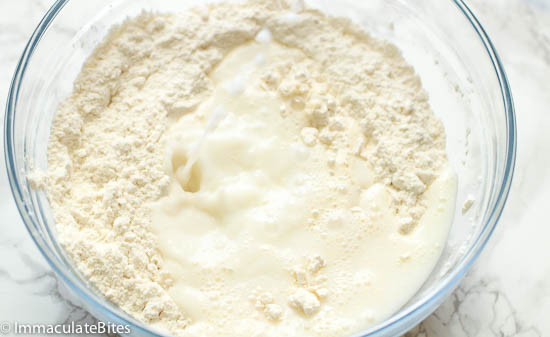
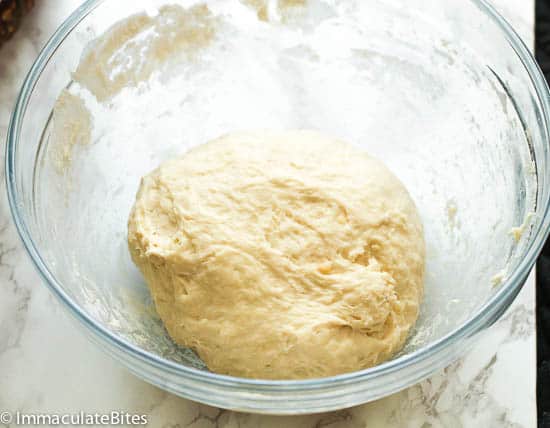
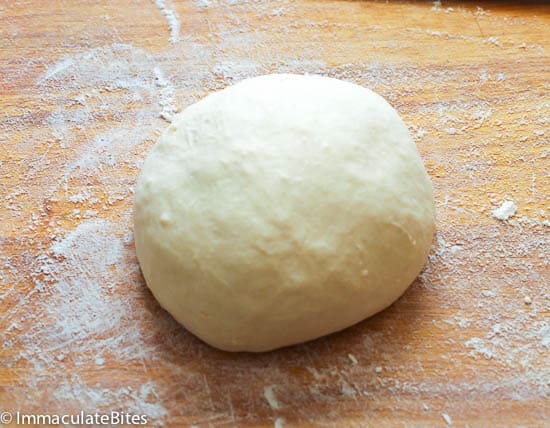

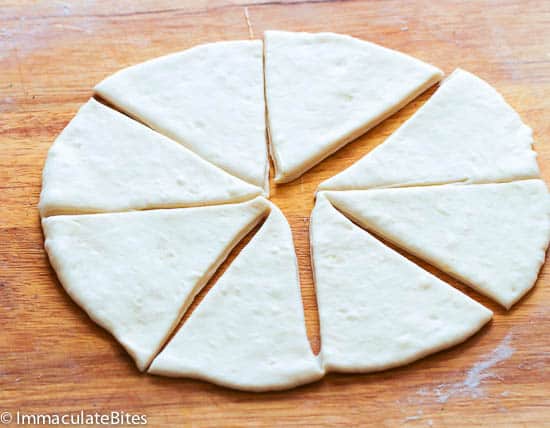







Hi there!
Truly appreciate you sharing this recipe. Tried it for my son who has sensory disorder and he loves it. He kept asking for more.
Realised that they do not absorb oil and that’s great!
Awesome! So happy to hear that your son loves this as much as I do. It’s one of my favorites. Thank you for dropping by! =)
I am one of those “I don’t fry” people. The depth of oil in your skillet in your skillet doesn’t look 3 inches deep, it looks more like half an inch… something I would attempt. So how little oil can I use to get a proper puff?
Start with 1/2 inch and test it out . If not add about 1/2 more inch . Do let me know how it works out for you. Thanks!
When you say to put a slit in the dough, I assume you mean a shallow slit and not through the entire thickness of the dough?
Thanks. really enjoy your recipes. Jason
Hi Jason,
It’s shallow slit, sometimes barely noticeable . So happy to hear you enjoy the recipes . Thanks
Hey there!
I notice in the recipe you say “2/4 tsp salt”
did you mean 1/4 by chance?
I just wanted to check before ingredients started flying 🙂
Yes, it is . Thanks Bruce!!!